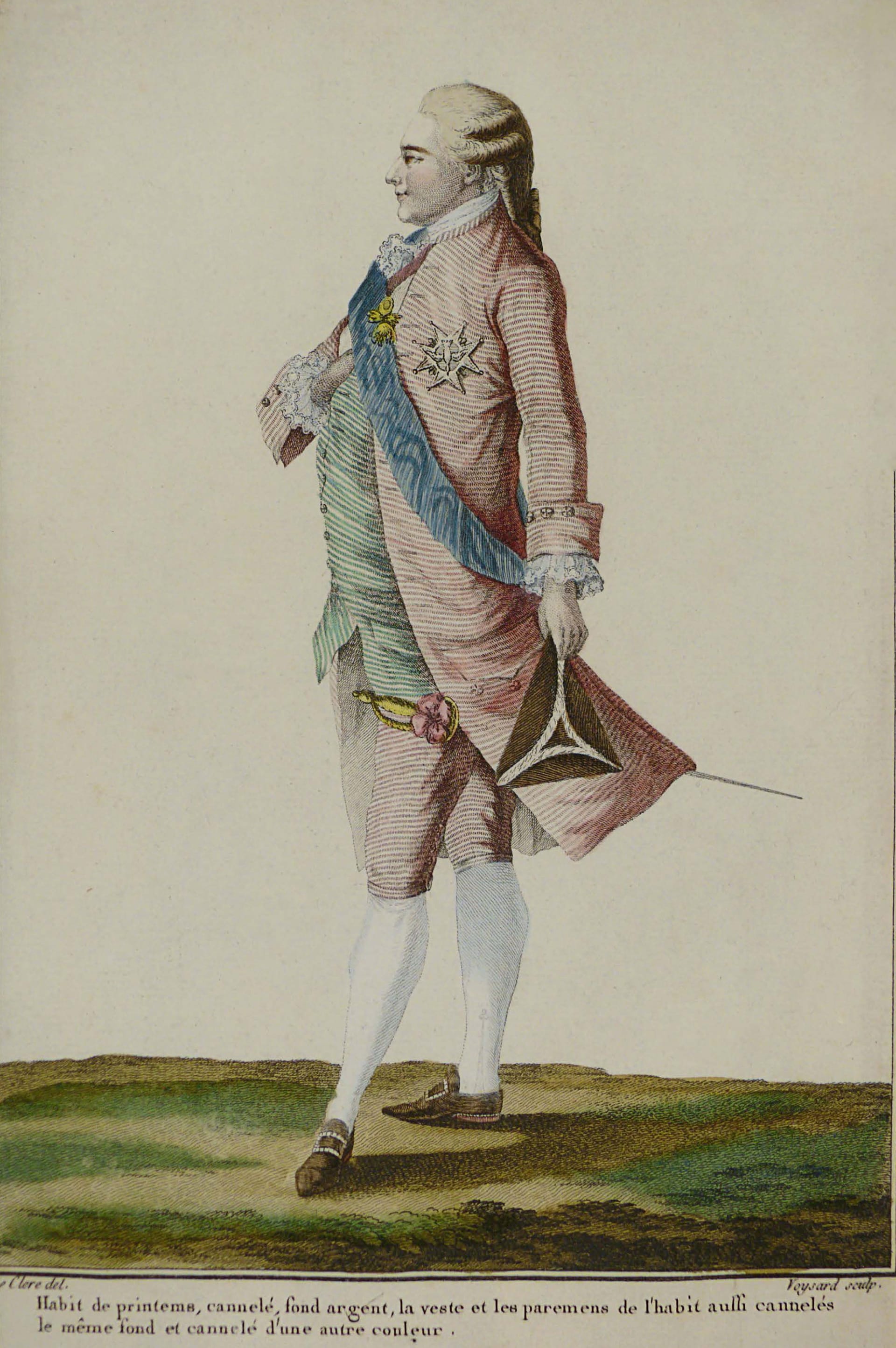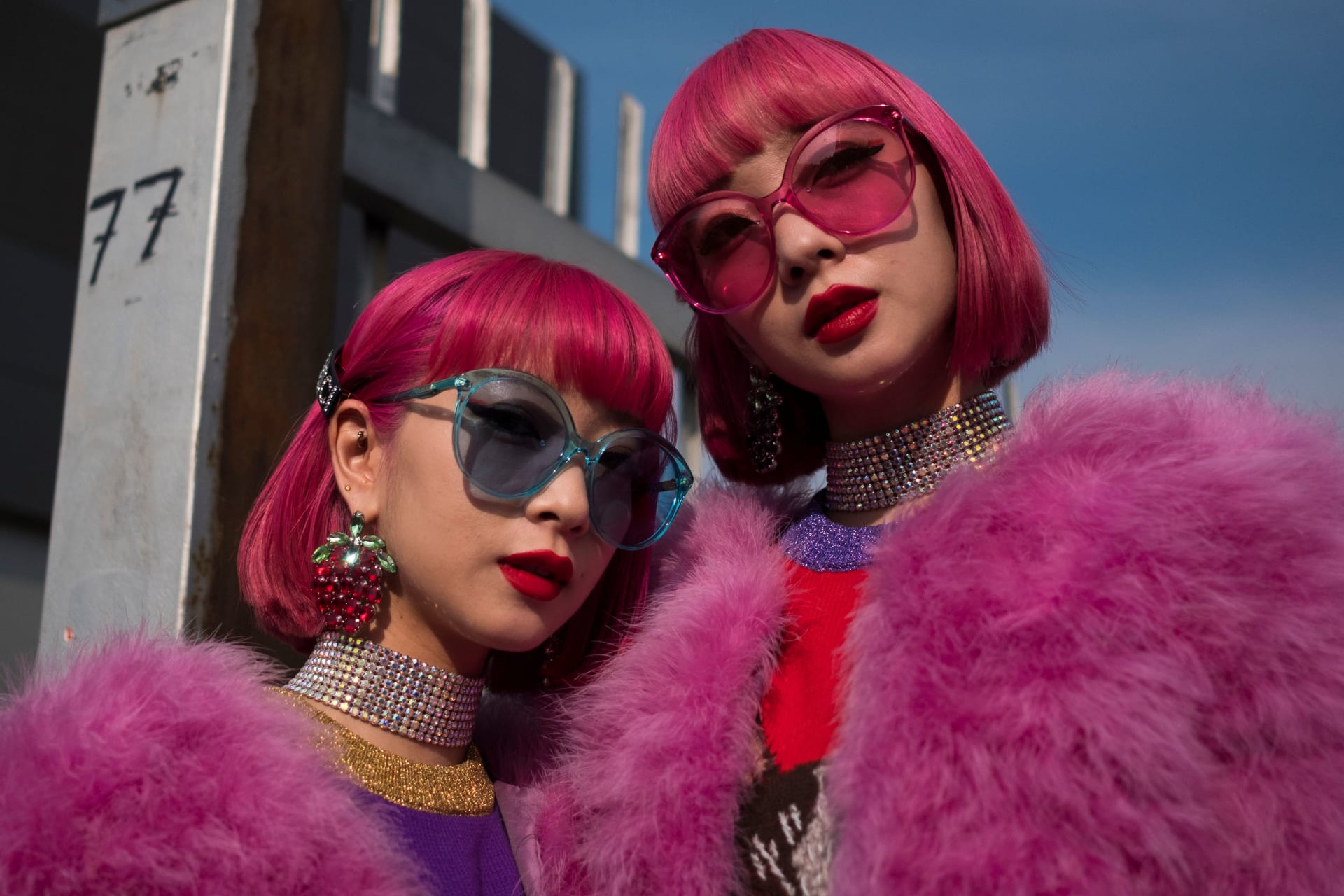دبي، الإمارات العربية المتحدة (CNN) -- على مر الأعوام، تغيرت نظرة المجتمع تجاه اللون الوردي، وتم النظر إليه أحياناً كلون أنثوي، وشهواني، وكلونٍ راق وعدواني أيضاً. ما تاريخ هذا اللون؟
ترى محررة كتاب "الوردي: تاريخ لون بانك، وجميل، وقوي" الذي تم نشره مؤخراً، فاليري ستيل، أن اللون الوردي "لطالما كان لوناً في حالة تنقل، وكذلك المواقف الاجتماعية تجاهه"، وفقاً لما قالته في مقابلة عبر الهاتف.
ورغم تقديم الغرب فكرة مرادفة اللون الوردي للأنثوية الرقيقة، التي استمرت لأكثر من 150 عاماً، إلا أنها الآن تخضع للتحدي.
وأصبح اللون الوردي رائجاً في الغرب في منتصف القرن الـ18 كرمزٍ للرفاهية بين النساء والرجال على حدٍ سواء. ولم يُنظر إليه آنذاك كلون خاص "للفتيات". بل كان يعتبر لوناُ مناسباً للفتيان الصغار بشكل أكبر.

وبدأ ربط هذا اللون بالنساء والأنثوية في منتصف القرن الـ19، ففي تلك الفترة، "ارتدى الرجال في العالم الغربي الألوان الغامقة والرصينة بشكلٍ متزايد"، مع تركهم للألوان الفاتحة للنساء، وفقاً لستيل.
كما تم ربط اللون الوردي بدلالاته الشهوانية في ذلك الوقت أيضاً، لأنه كان يلمح إلى التعري، فأصبحت الملابس الداخلية بمختلف درجات اللون الوردي شائعة جداً.
وبفضل التصنيع والإنتاج الشامل، تزايدت الأصباغ الرخيصة، والذي أدى بالتالي إلى انتشار اللون الوردي إلى الطبقة العاملة. وبعد اعتباره رمزاً للفخامة، أصبح اللون الوردي يوصف بالمبتذل بسبب ارتداءه من قبل بائعات الهوى بكثرة في ذلك الوقت.
وبحلول خمسينيات القرن الماضي، أصبح اللون الوردي أكثر ترابطاً من أي وقتٍ مضى بالجنس، وذلك بسبب تسويقه في الولايات المتحدة كرمز للأنوثة المفرطة بعد الحرب.
وتقول ستيل، التي تعمل كمديرة لمتحف معهد الأزياء للتكنولوجيا في نيويورك، إن "المجتمع يحدد ما تعنيه الألوان".
واستعاد اللون الوردي جاذبيته في الستينات، حيث اعتمدت عليه شخصيات بارزة مثل جاكي كينيدي ومارلين مونرو كرمز للفخامة. وبالإضافة إلى ذلك، قامت فرق مثل "ذا رامونز" و"ذا كلاش" بإضفاء طابع أكثر جرأة على اللون.

ورغم كون اللون الوردي من أقل الألوان تفضيلاً بالنسبة للأوروبيين والأمريكيين وفقاً لاستطلاعات الرأي، إلا أنه يتم النظر إليه بطريقة مختلفة حول العالم، ففي الهند مثلاً، يُعتبر اللون الوردي لكلا الجنسين، حيث يرتدي الرجال عادةً ملابس وردية، وخاصةً في ولاية راجستان الشمالية.
وتم الاعتماد على اللون الوردي كلونٍ للاحتجاج ونشر الوعي في العديد من المجتمعات، فأصبحت المثلثات الوردية رمزاً للنشاطية المثلية في السبعينيات. وهو يرمز ايضاً إلى مكافحة سرطان الثدي.
وتعتقد ستيل أن المجتمع يتغير، وأصبح هناك اعتراف مشترك بأن اللون الوردي "يمكن أن يكون جميلاً، وقوياُ، وأنثوياً، ونسوياً. كما يتوجه إليه الرجال أيضاً مثلما فعلوا في القرن الـ18".
